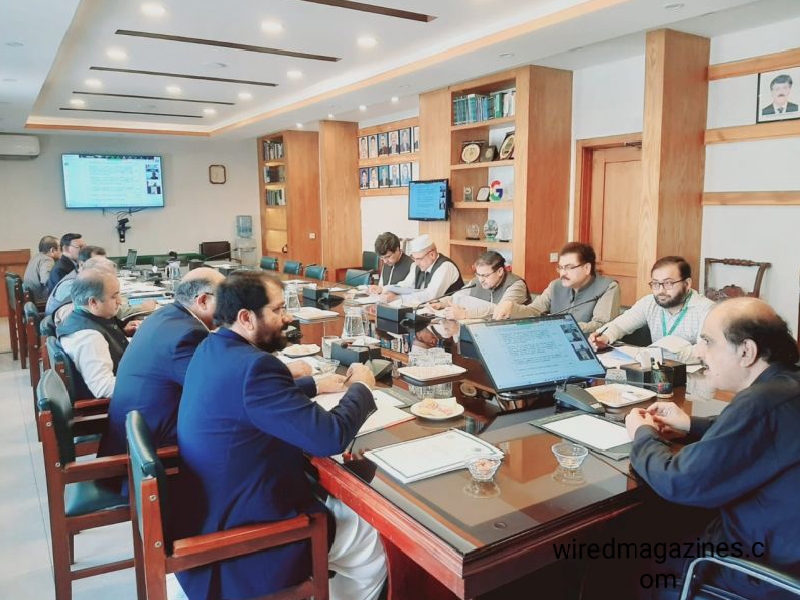
Introduction
In a rapidly evolving global job market, academic learning alone no longer suffices. Career-focused education has gained critical importance, and at the heart of this shift lies the vocational education committee. Acting as a strategic think tank, it plays a crucial role in shaping policies, aligning industry needs with training programs, and elevating vocational education standards. But what exactly does it do, and why should we care? Let’s delve deeper into its function, impact, and relevance.
What is a Vocational Education Committee?
A vocational education committee is a formal group that oversees and guides vocational training systems within educational institutions or across national frameworks. Typically composed of educators, industry experts, policymakers, and training professionals, this committee provides essential direction for curriculum design, industry alignment, and student development.
Why Vocational Education Committees Matter
Vocational education bridges the gap between theoretical knowledge and practical skills. Without strategic oversight, vocational programs risk becoming outdated or misaligned with market demands. Here’s why the committee’s role is indispensable:
- Curriculum Modernization: Ensures that training modules are updated regularly.
- Industry Collaboration: Builds partnerships with employers to offer real-world exposure.
- Funding and Policy Guidance: Advocates for grants, subsidies, and favorable policies.
- Quality Assurance: Monitors and evaluates program outcomes.
Key Functions of a Vocational Education Committee
1. Policy Development
Committees play a significant role in shaping educational policies that directly impact vocational training standards. By evaluating current systems and identifying gaps, they can recommend effective reforms.
2. Skill Mapping and Labor Forecasting
They analyze labor market trends to ensure that training programs meet future job demands. By aligning course content with industry requirements, they promote employability.
3. Industry Engagement
A strong connection between education and industry is vital. These committees regularly engage with businesses to facilitate internships, job placements, and hands-on learning opportunities.
4. Accreditation and Compliance
Maintaining high standards requires constant monitoring. The committee ensures institutions comply with national skill development standards and issue recognized certifications.
Composition of a Vocational Education Committee
To be effective, these committees include a diverse mix of stakeholders:
| Member Type | Role in the Committee |
|---|---|
| Education Experts | Design and review curriculum |
| Industry Leaders | Provide insights into real-world skills |
| Government Officials | Align training with national policies |
| Trainers/Teachers | Ensure practical deliverability of content |
| Student Representatives | Reflect learner perspectives |
Benefits of Having a Strong Vocational Education Committee
- Increased Employability: Courses match market needs, boosting job chances.
- Resource Optimization: Better allocation of financial and human resources.
- Curriculum Flexibility: Adjustments can be made quickly based on feedback.
- Innovation in Learning: Encourages digital tools and blended learning methods.
Challenges These Committees Face
Despite their significance, vocational education committees often encounter hurdles:
- Lack of Skilled Members: Not all stakeholders are well-versed in emerging technologies.
- Funding Constraints: Limited budgets restrict program expansion.
- Resistance to Change: Traditional institutions may oppose modern training models.
Nonetheless, with persistence and collaboration, these challenges can be overcome.
Global Best Practices in Vocational Education Committees
Countries like Germany and Australia offer excellent examples. Their dual training systems, overseen by dedicated vocational boards, integrate in-class instruction with paid apprenticeships. This model ensures both academic and hands-on competencies.
How to Establish an Effective Vocational Education Committee
- Define Clear Objectives
- Include Multidisciplinary Members
- Set Transparent Evaluation Metrics
- Engage with Local and Global Industry Bodies
- Encourage Student Feedback Mechanisms
Future Outlook for Vocational Education Committees
As artificial intelligence, robotics, and automation reshape workspaces, the role of these committees becomes even more crucial. They must now focus on future-proofing the workforce by incorporating soft skills, adaptability, and lifelong learning into training modules.
FAQs About Vocational Education Committees
Q1. What is the primary role of a vocational education committee?
A: Its main role is to align vocational training with industry standards and ensure curriculum relevance.
Q2. Who appoints the members of a vocational education committee?
A: Educational institutions, government bodies, or skill development councils typically appoint members.
Q3. How often should the committee update the curriculum?
A: Ideally, reviews should be conducted annually or whenever there is a major industry shift.
Q4. Is student input considered by the committee?
A: Yes, modern committees actively seek student feedback to improve course delivery and outcomes.
Q5. Can small institutions have such committees?
A: Absolutely. Even small technical colleges can benefit from a dedicated committee.
Q6. What skills are most promoted through vocational education today?
A: Digital literacy, technical know-how, problem-solving, and interpersonal communication.
Conclusion
The vocational education committee plays a foundational role in shaping a skilled and adaptable workforce. As economies shift and industries evolve, their efforts in guiding vocational training ensure that learners are prepared not just for the jobs of today, but also for the demands of tomorrow.



